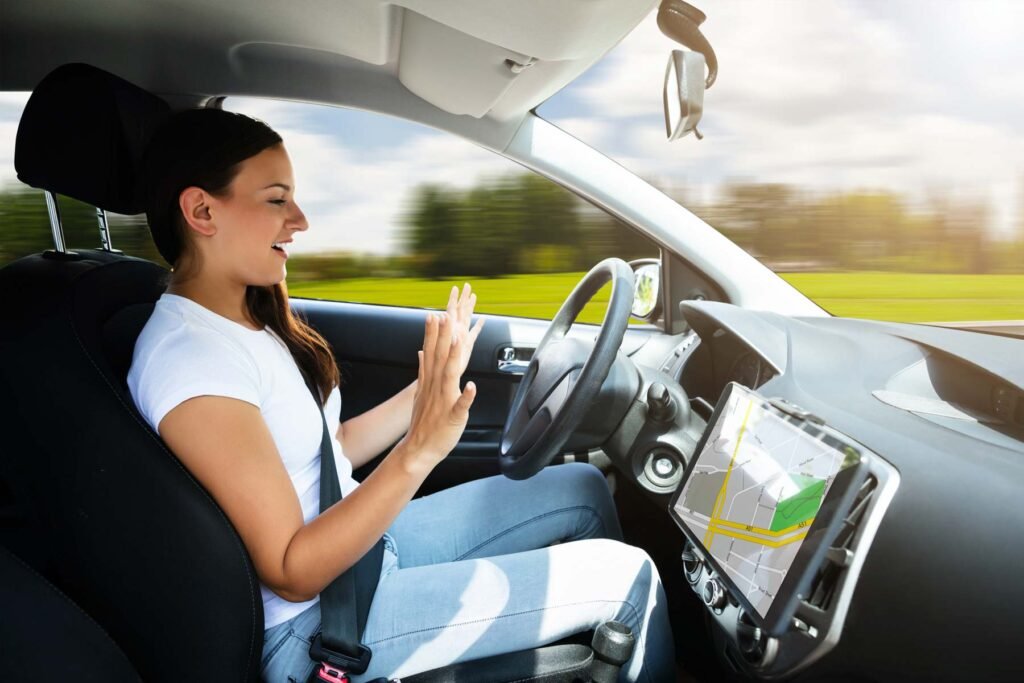The rise of self-driving cars has revolutionized transportation, promising convenience and safety. However, with this technological leap comes a unique set of challenges, particularly in the realm of self-driving crimes. These crimes, facilitated or caused by autonomous vehicles, pose new questions about accountability, ethics, and the legal framework governing these advanced systems.
In this article, we’ll explore what self-driving crimes are, examine real-world examples, and discuss their implications for laws and employment practices. Whether you’re a legal professional, tech enthusiast, or employer, understanding these issues is crucial as we navigate this evolving landscape.
Also Read: AI Crime Laws
What Are Self-Driving Crimes?
Self-driving crimes refer to offenses involving autonomous vehicles. These may include accidents caused by system errors, deliberate hacking of a car’s AI, or even using self-driving cars to transport illegal goods. The autonomous nature of these vehicles complicates the attribution of liability, as the driver might not always be in direct control.
Key Examples of Self-Driving Crimes:
- Accidents due to AI malfunctions: Who is liable when an autonomous car fails to detect a pedestrian?
- Hacking and unauthorized control: Cybercriminals hijacking a vehicle’s system to cause harm.
- Transportation of contraband: Using autonomous cars for illegal deliveries.
Each of these scenarios raises pressing legal questions about culpability and regulatory oversight.
Legal Challenges Surrounding Self-Driving Crimes
Self-driving crimes sit at the intersection of technology, law, and ethics. Current legal systems are not yet fully equipped to address the nuances of these issues. Here are some of the biggest challenges:
1. Attribution of Responsibility
Who is at fault when a self-driving car commits a crime? Potentially liable parties include:
- The vehicle manufacturer
- The software developer
- The vehicle owner
- The third-party service provider
2. Regulatory Gaps
Existing laws primarily govern human-operated vehicles. Adapting these laws to accommodate self-driving cars is a slow and complex process.
3. Cybersecurity Risks
Self-driving cars are vulnerable to hacking, potentially leading to criminal misuse. How can regulations ensure adequate cybersecurity measures?

The Employment Law Angle: Impacts on Workers
Self-driving crimes also intersect with employment law in unexpected ways:
- Employer liability: Employers who use autonomous vehicles in their operations could be held responsible for accidents or crimes involving their fleet.
- Job displacement: As self-driving technology replaces human drivers, it raises questions about workers’ rights and job security.
For instance, a delivery company relying on autonomous trucks may need to revisit their liability coverage and employment contracts to address these emerging risks.
Real-Life Cases of Self-Driving Crimes
1. The Uber Incident
In 2018, an autonomous Uber vehicle struck and killed a pedestrian. This case highlighted flaws in self-driving systems and the absence of clear liability guidelines.
2. Cybercrime with Tesla
Hackers have demonstrated how Tesla’s autopilot system can be compromised. Imagine the implications if such breaches were used for harmful purposes.
These cases emphasize the need for robust laws to govern self-driving crimes.
Proposed Solutions for Tackling Self-Driving Crimes
1. Updating Legal Frameworks
Governments must adapt laws to assign clear responsibility for crimes involving autonomous vehicles.
2. Enhanced AI Safety Standards
Manufacturers should adhere to stringent safety guidelines, including real-time monitoring systems to detect anomalies.
3. Improved Cybersecurity
Legislation should mandate that self-driving cars meet rigorous cybersecurity standards to prevent hacking.
FAQs About Self-Driving Crimes
Q1: What is a self-driving crime?
A self-driving crime is an offense involving autonomous vehicles, such as accidents caused by system errors or vehicles being hacked.
Q2: Who is liable for self-driving crimes?
Liability depends on the situation and may involve the manufacturer, software developer, owner, or operator.
Q3: How can self-driving cars be used for criminal purposes?
They can be hacked or misused for illegal activities like transporting contraband or causing intentional harm.
Q4: What laws govern self-driving crimes?
Laws are still evolving, but currently, liability often falls under existing traffic and criminal laws, which are being adapted for autonomous technology.
Q5: What can employers do to mitigate risks?
Employers should ensure compliance with emerging regulations, invest in secure technology, and update employee contracts to address risks.
Conclusion
As self-driving technology becomes mainstream, addressing the challenges of self-driving crimes is vital for a safer future. Legal systems must evolve to assign accountability, mitigate risks, and ensure public trust in autonomous vehicles. Whether you’re a business owner, legal expert, or everyday user, staying informed about self-driving crimes is essential in this era of innovation.

2 thoughts on “Self-Driving Crimes: Unraveling Legal Challenges in the Era of Autonomous Vehicles”